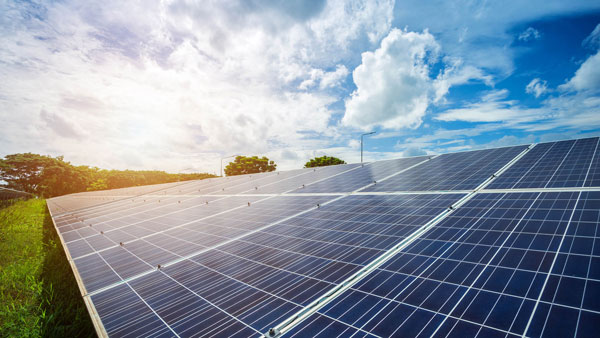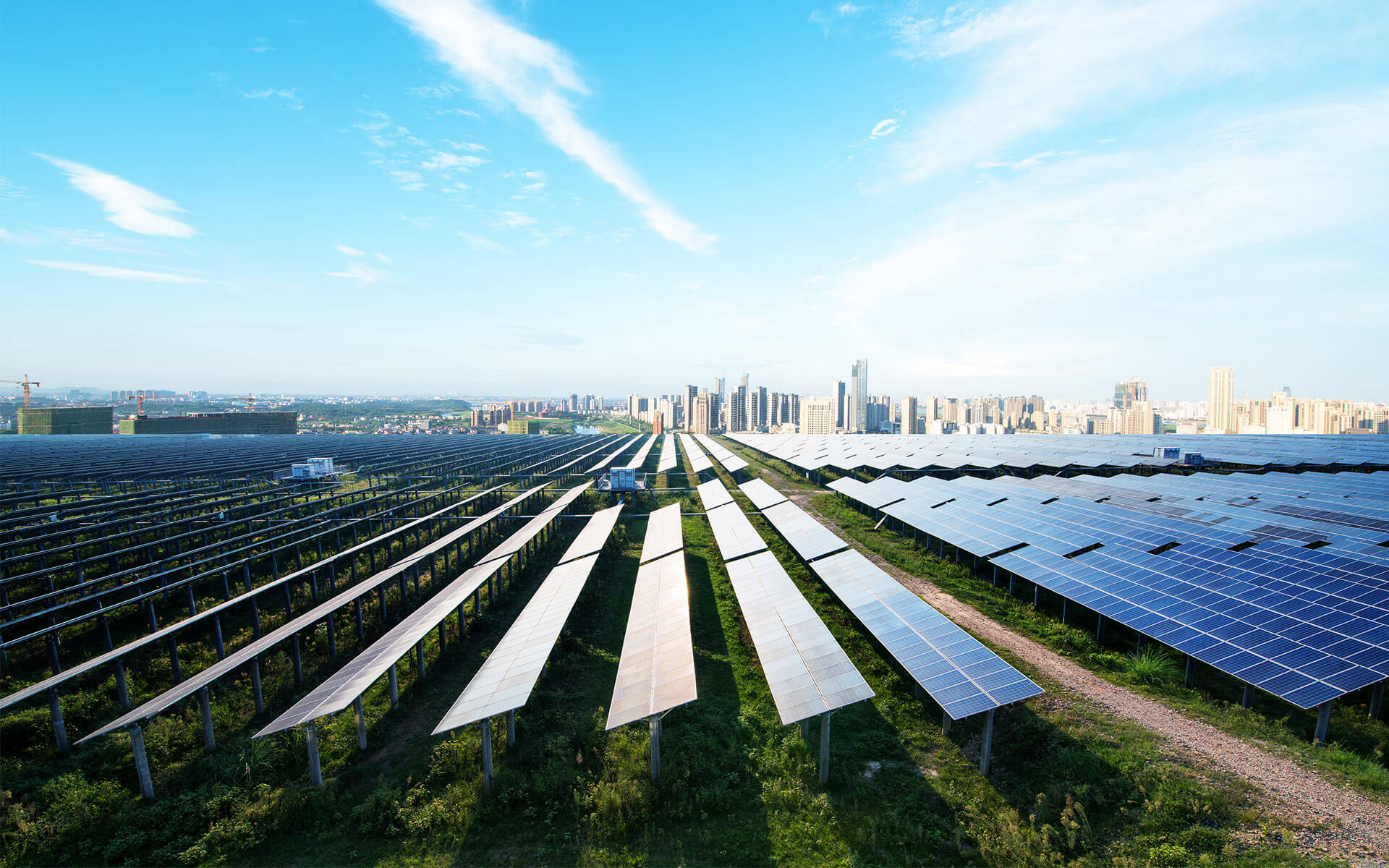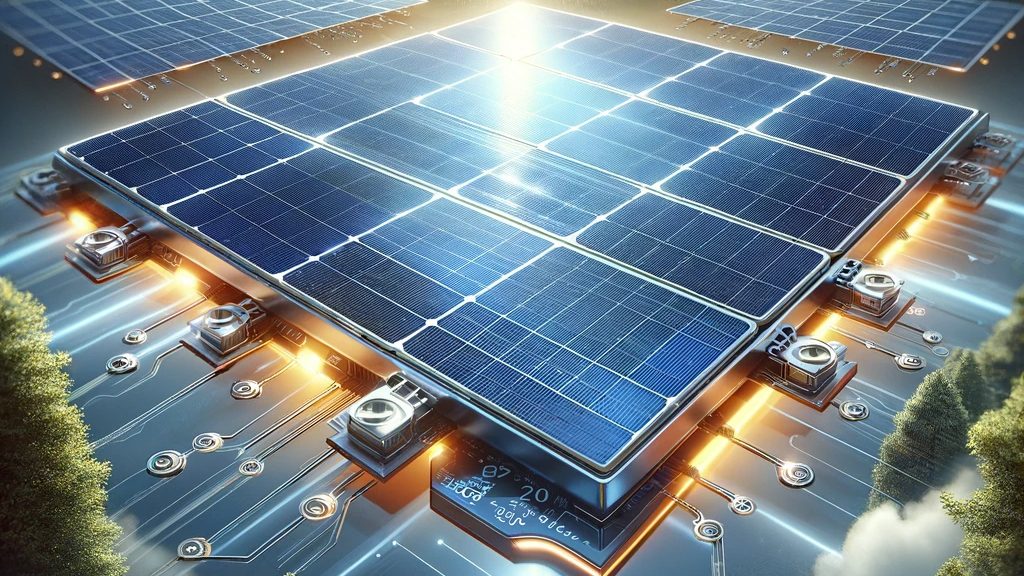Material Quality
For commercial solar panels, the quality of the material is very important for the long durability and efficiency output. The solar module: Photovoltaic cells are most widely used and silicon (which is high in quality) is mostly used to make the cells, wherein its purity is one of the prime factors that affects the performance of the panel. There are three types of silicon currently used in solar panels, with Grade A capable of an efficiency rate up to 22% as opposed to lower grades achieving approx 15%.
Manufacturing Process
Solar panel lifeLong life of solar panels is indispensable to ensure accuracy in the manufacturing process. Photoelectric cells are created and contain the forms of doping, anti-reflective coating, and electrode placement. If any error is made in these steps, this can result in degradation of the panel like microcracks, impurities and which in turn can last short the panel. According to a study, a 10% increase in the microcrack density can lead to a decline of about 3% for the power generation on a solar panel as a whole.
Environmental Factors
Solar panels are subject to the elements and weather that can hinder their longevity. Variations in temperature, along with extreme weather with the risk of hail and heavy snow can place a physical strain on the panels. Field study data from Minnesota shows these solar panels, when exposed to the extreme cold of -20°F, see as much as a 5% break reduction in output as cells crack.
Installation Quality
Optimal operational life span of solar panels As all materials used have a certain operational life span, a high or low operational lifespan of solar panels is therefore indirectly dependent to the fact that installation instructions were correctennosHow to install solar panels on my RV without drilling a hole? Structure stress and water ingress due to incorrect installation can also expedite the deterioration process. A study of California systems found that wrongly-installed systems experienced a failure rate 30% above that of correctly-installed systems.
Technological Innovations
The adoption of new technologies may also extend the life of solar panels. PERC (Passivated Emitter and Rear Cell) technology and bifacial cells both have been known to increase efficiency and durability. In practice this has shown that panels using the PERC technology typically degrades less over time — vs the normal ~1% > / year > of traditional panel — by around ~0.5 > / year.

Installation Techniques
Proper installation is important for ensuring that commercial solar panels have a long useful life. The panels must be installed, positioned and wired correctly for them to function properly and for the panels to withstand environmental stresses.
Mounting and Orientation
Proper installation has a direct impact on the life of solar panels. Solar angle and orientation influences the amount of solar energy directly absorbed. Panels, which are mounted at a 30-degree angle in a place like Arizona will have greater sun exposure year-round than flat panels, and the higher average energy yield can boost output by some ten per cent.
Installation of Wiring and Electrical Connections
It is very important to have a proper and exact wiring done to save power and from fire accidents. Make sure all the electrical connections are tightly secured and insulated properly. Field data from Nevada installations demonstrated an electrical failure rate up to 5 percent higher than systems with adequate wiring practices.
Use of Durable Materials
Selecting high-quality materials for frames and supports can dramatically lengthen the installation lifespan. Anodized aluminum and stainless steel also won't rust or sun-rot, which are vital characteristics for keeping the unit in good structural condition. Coastal installations studies have shown that corrosion-resistant materials last 25% longer than traditional materials, providing for longer life installations.
Regular Maintenance
The long-run performance of solar panels is partly determined by scheduled maintenance. Periodic inspection and maintenance for dust, debris, and simple snow is enough to prevent shading and physical damage and therefore preserve efficiency. According to maintenance records from a large solar farm in California, annual energy production can be increased by about 3% simply by cleaning and inspecting the solar modules regularly.
Weather and Environmental Conditions
Commercial solar panels are built to withstand a great deal, but ultimately, weather and environmental conditions are key drivers of how long and well they will last. Integrated exposure to a number of climatic stresses may impact the degardation and operational lifetimes.
Temperature Extremes
Solar panels can undergo significant physical stress under extreme temperature conditions. Temperatures that are too high can cause expansion of materials while anything too cold can cause panels to become brittle and crack easily. One type of material fatigue, could be thermal cycling in regions with these kind of temperature swings (-20°F to 100°F), which a study has shown could potentially result in as much as 15% less lifetime efficiency or even more.
Humidity and Precipitation
The main problem of solar energy components is corrosion and the shell is peeled off due to humidity and moisture. Humid conditions in tropical climates can corrode metallic parts and wear down the encapsulants shielding the solar cells. A Florida study reports that the cell degradation suffered by solar panels in high humidity scenarios is 20% greater over five years on average than the same panels in a dryer region.
Wind and Storm Impact
Solar panels are at threat of physical harm when there are more elevated level of winds and storm conditions. In order to withstand these forces, the installation should be done correctly with strong mounting systems. Solar panels installed in hurricane-prone regions show a 3x times greater failure rate when mounted without reinforced mounting, he adds.
Dust and Sand Abrasion
In some arid areas, dust and sand also can abrade the face of solar panels and cut efficiency, accruing to actions that need to be done. Regular cleaning and specific coatings are employed to reduce this issue. Dust buildup may reduce solar panel power up to 25% per year according to measurements done in desert environments.
Regular Maintenance Practices
Providing consistent and thorough maintenance practices would help commercial solar panels to perform optimally and last longer as well. By checking key components regularly and servicing them we can stop minor problems before they become larger problems which lead to reducing efficiency and lifespan.
Inspection and Monitoring
Homeowners can find it challenging to follow up on irregular orobvious indications of solar panel efficiency problems. Inspectors check the physical signs of wear-and-tear (cracks, warping) but are more concerned with early warning performance metrics reduced performance, an indication that the part may be about to let go. A case study out of a solar farm in Texas discovered that constant monitoring found and corrected alignment inaccuracies straightening and boosting output by 5%.
Cleaning Procedures
Since any dust or grime on solar panels results in a direct reduction of light to them and hence lesser and lesser light will be absorbed. Leaves and other types of debris may be blocking the sunlight, which means energy production is lower. An example is given for a dry area like Arizona, where they have found that scheduling cleanings every six months has managed to increase panel efficiency by more than 25%, as opposed to panels that are cleaned on an annual basis.
Component Replacement
Replacing parts that are worn or have been otherwise damaged needs to be done in a timely manner to ensure that the integrity of a system is still maintained. These include everything from solar panels and installation to inverters to the connectors that link the terminals, all of which deteriorate with age. Field data from a maintenance log modelled in the US state of California shows that replacing the inverter preventatively every 10 years can avoid degradation of up to 10%.
Software Updates
Another activity is to Update system software for optimal performance. In modern solar systems, specific software controls performance parameters, and the energy output is optimized. In a study performed in Germany, they estimated that regular software updates can increase overall system efficiency by 3% and that you could expect a similar gain in real-world use.

Technological Advances and Upgrades
Integration of new technological developments, improvements are important to improve the performance & durability of commercial solar panels. The methods and materials used to optimize solar systems durability, performance and longevity improve as technology evolves.
High-Efficiency Solar Cells
This dramatically increases power output by taking advantage of high-efficiency solar cells like PERC (Passivated Emitter Rear Cell). The cells feature a passivation layer that reflects light back into the cell so that they generate more power. PERC technology is already reportedly enhancing installations to a generation efficiency of between 18 to 22 per cent – a substantial leap forward.
Durable Panel Coatings
Solar panels suitable coatings that can defend against environmental pollutants will give a longer life in the end. Anti-reflective coatings reduce light loss by absorbing light, which helps increase light absorption. When tested in the desert, panels with special hydrophobic coatings remained 95% as efficient as new ones after a decade, whereas uncoated panels retained only 80% of their original efficiency.
Smart Monitoring Systems
They can be linked to smart monitoring systems for real-time performance tracking and predictive maintenance. They can monitor the equipment and the condition it is in using sensors, AI algorithms, and predict or diagnose problems before they grow. A solar array in New York, experienced a 5% production hike simply by pairing angle-optimizing sun tracking with the smart monitoring portion of the service.
Energy Storage Solutions
Resolution: Out-of-date energy storage solutions defeat the purpose of solar panel systems, so upgrade yours to newer solutions. New battery storage systems such as the Lithium-Ion battery pack are proven to be much more energy dense and long life than old battery types. The technology stores any excess energy produced during peak periods of sunlight and then releases it during lower light periods, providing the means to even out energy production and consumption.





